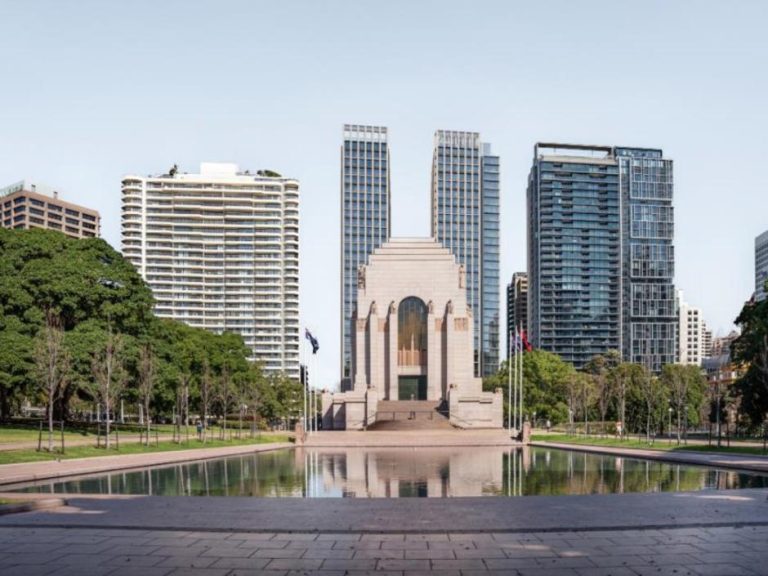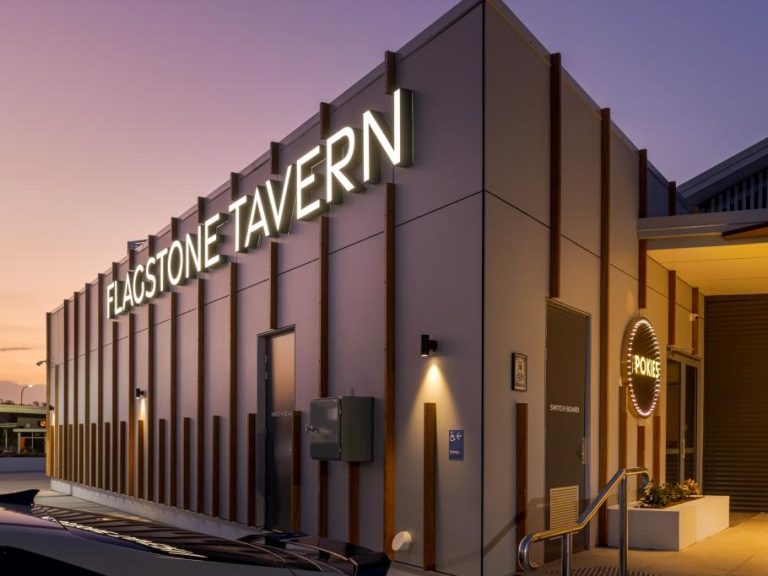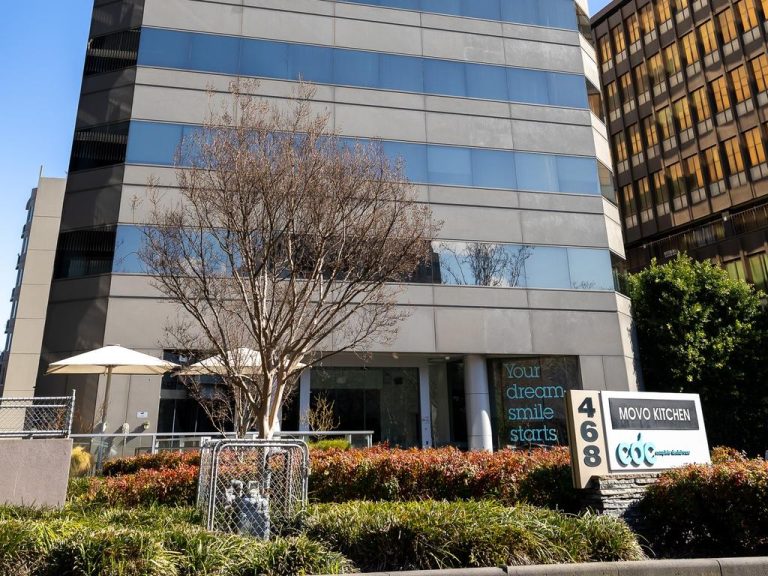Riding the wave: Could this be a ‘watershed moment’ for Australia’s burgeoning surf parks?
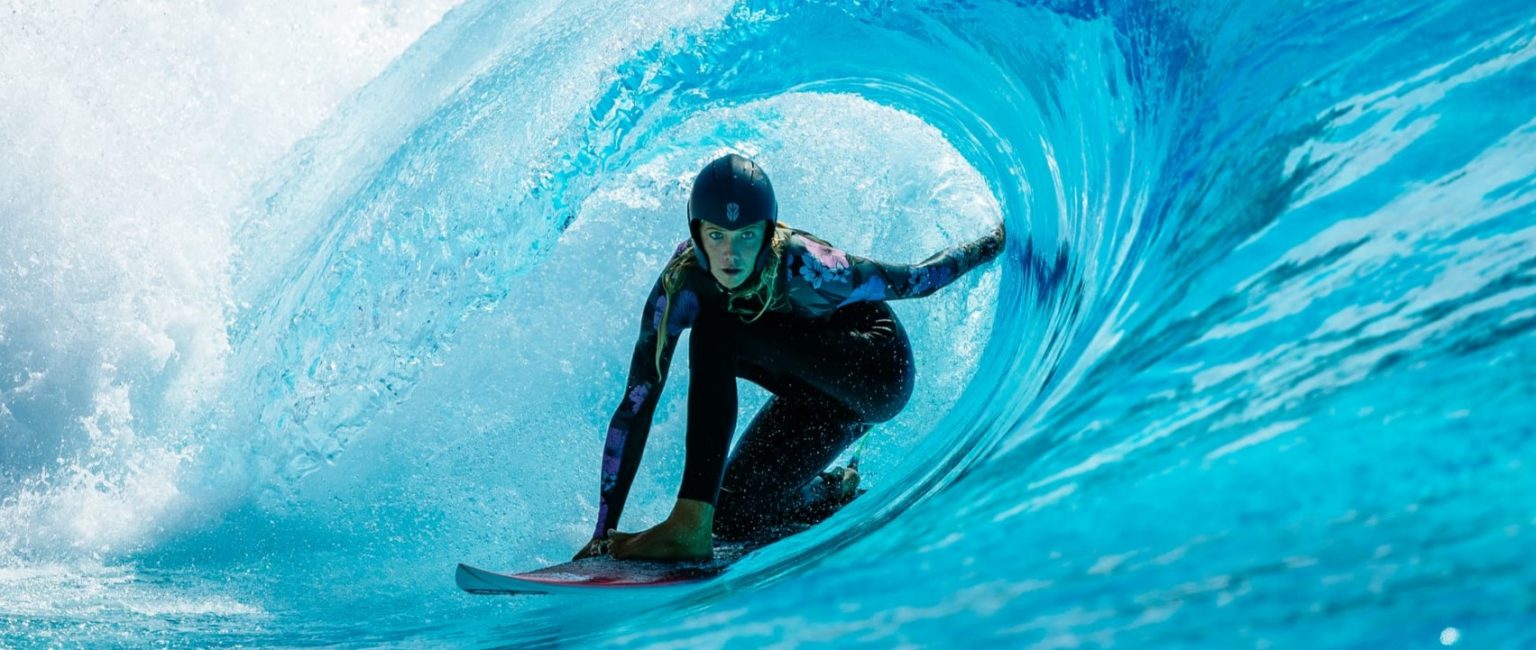
When Australia’s first surf park opened in Melbourne in 2020, it was tipped as the start of a booming new industry.
Four-and-a-half years on, there are only two commercial surf parks open to the public.
An ambitious $120 million surf resort planned for Wisemans Ferry on the NSW Hawkesbury River would have made three, but was scrapped in 2023.
Backed by surfing champions Steph Gilmore and Joel Parkinson, the company behind Wisemans Surf Lodge, BALNCE, blamed the failed project on a lack of investment related to an exorbitant rise in development costs and hyper-escalated property market.
Matt Hyslop of Colliers International has overseen 30 surf park proposals in the last decade and said capital raising remains the sector’s most fundamental challenge.
“Many investors are sold on the concept of surf parks, they’re sold on the technology, but they’re still slightly hesitant,” he recently told the Wave Pool Mag Podcast.
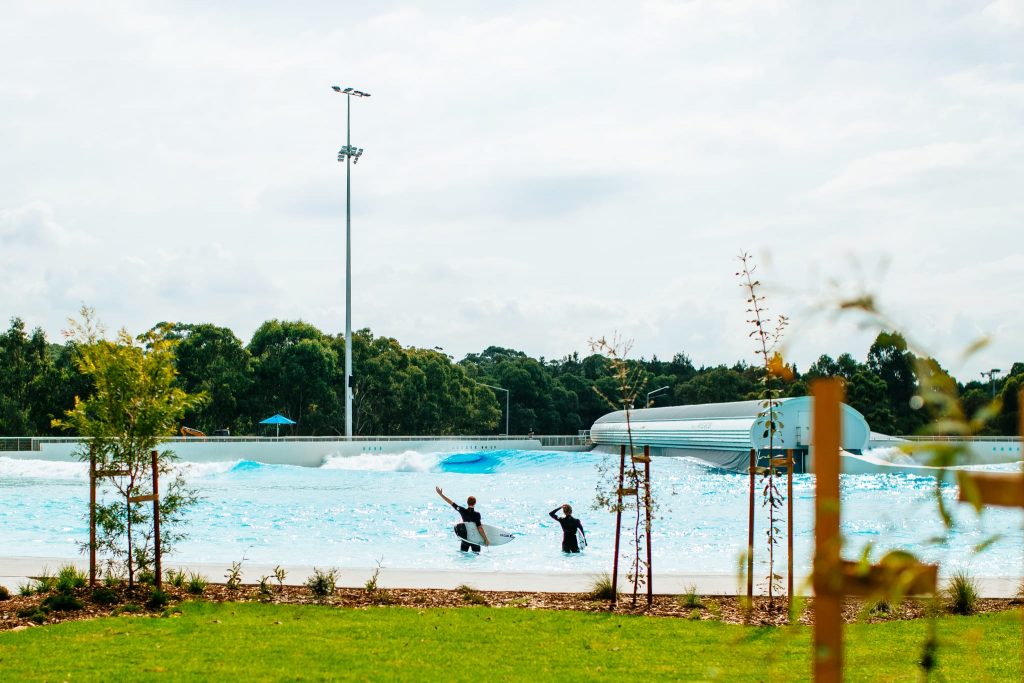
The Urbnsurf surf park in Sydney opened this year. Picture: Urbnsurf
With less than 15 commercial surf parks operating worldwide, Mr Hyslop remarked how such a small number makes it difficult for investors to confidently assess and compare their commercial viability.
“I think the next couple of years will be a watershed moment that will help to clear that hurdle [for investors],” Mr Hyslop said.
“It feels like as an industry we’ve now kind of cracked the code – we know what works and that can double the supply of water parks worldwide within a year or two.”
In Australia, four surf parks have been greenlit in the last 12 months on the Gold Coast, Sunshine Coast, and in Perth and Adelaide. All of them, however, are yet to commence construction.
What can these forthcoming projects learn from industry leaders to ensure they secure investment and get off the ground?
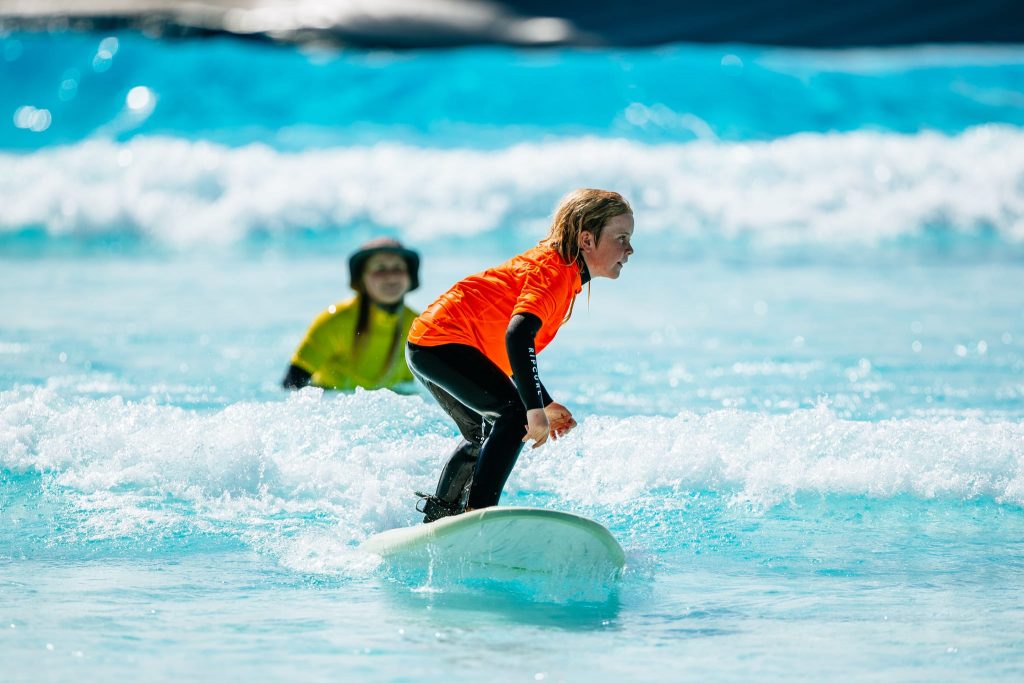
Surf parks have become popular with new starters keen to learn how to surf. Picture: Urbnsurf
Build surf parks close to urban centres
According to Mr Hyslop, surf parks are generally best suited to large metropolitan areas.
“One of the most powerful factors for surf park viability is repeat visitation from a relatively local catchment,” he explained.
“You want to be close to wealthy people who are interested in surfing but also have active lifestyles. The key is latent demand; attracting people who don’t know they’re going to fall in love with surfing just yet. That’s where the long-term potential lies.”
Australia’s first surf park, Urbnsurf, opened at Tullamarine near the Melbourne airport in 2020. The company followed up with their second location in Sydney’s Olympic Park in April 2024.
Urbnsurf CEO Jennifer Vandekreeke told realcommercial.com.au that securing the right locations were of paramount importance.
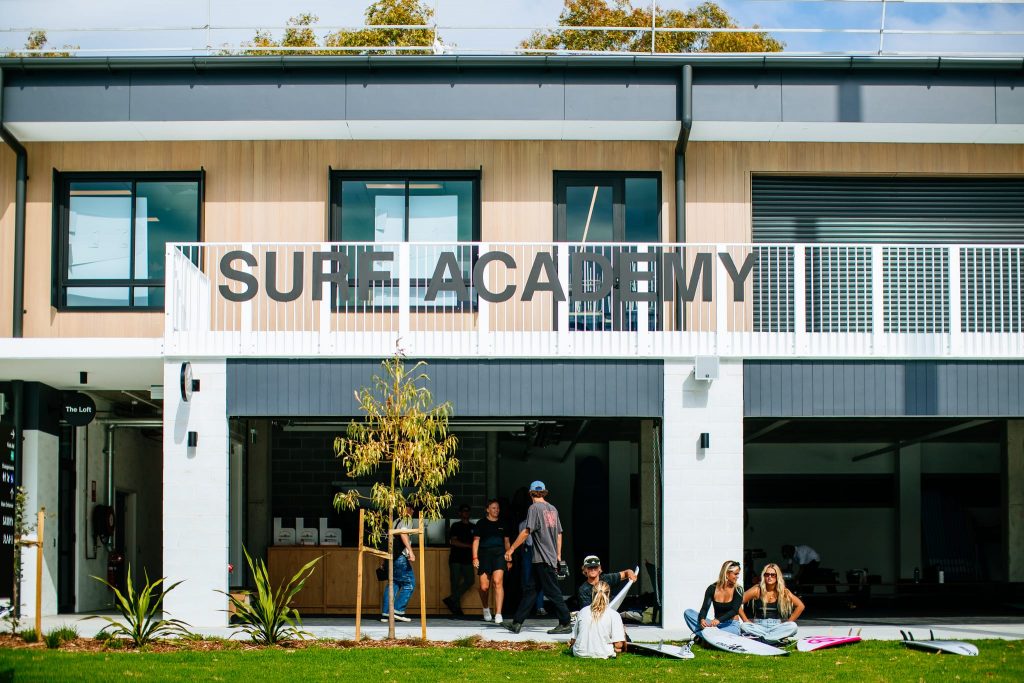
Urbnsurf designed the Sydney surf park with the beginner market in mind. Picture: Urbnsurf
“The majority of our guests live within an hour of our parks, so you want them to be able to access the parks quickly and easily via major roads. It’s also about finding a spot that has access to some really good geotech.”
Ms Vandekreeke added that one of the advantages of being first to market is the ability to learn from your mistakes.
“There were so many things that we just didn’t know, like who our target market was going to be. But as we started growing we found we were attracting a lot of people who were learning to surf or who were early on in their surfing journey,” she explained.
“So when we started designing Urbnsurf Sydney, we were able to build the park with this beginner market in mind.”
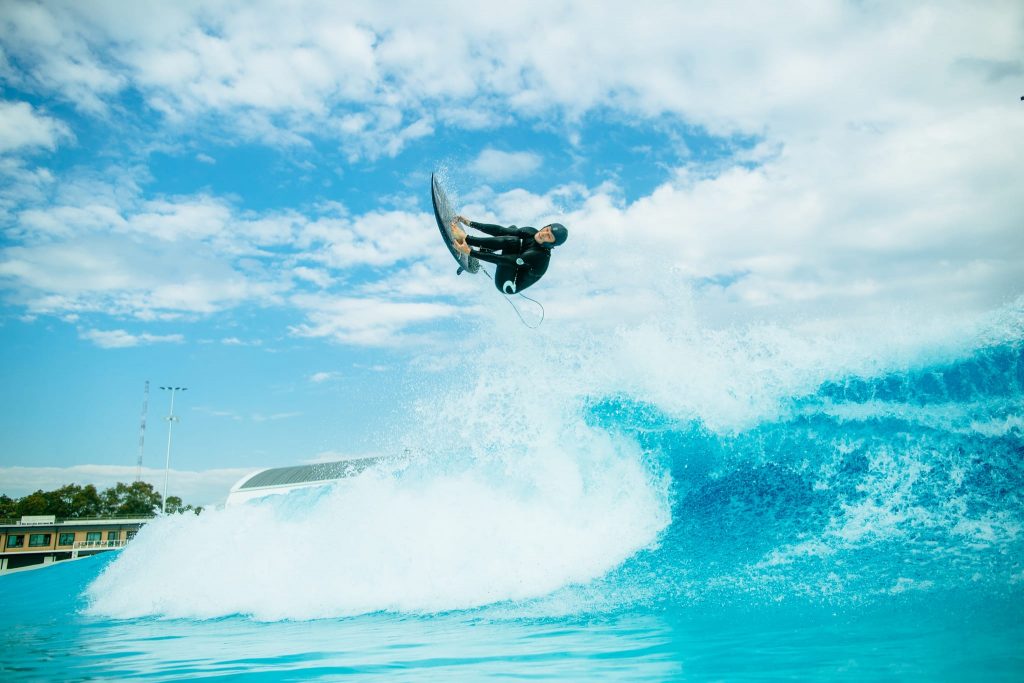
Australia’s surf parks are also getting the attention of more seasoned surfers. Picture: Urbnsurf
Target the ‘learn to surf’ market
In 2018, Surf Lakes founder Aaron Trevis and his team successfully designed the largest and most powerful artificial break in the world.
Located near Yeppoon in Central Queensland, Surf Lakes has so far only been ridden by a handful of professional surfers and influencers.
However, in May of this year, the company finally unveiled its ambitious surf park resort design.
Mr Trevis believes the success of his forthcoming park lies in targeting both seasoned surfers and the learn-to-surf market.
“There’s enormous opportunity in the beginner market. 50% of the world say they would like to learn if it wasn’t in the ocean, if it was accessible and if they felt safe to do so,” he explained to realcommercial.com.au.
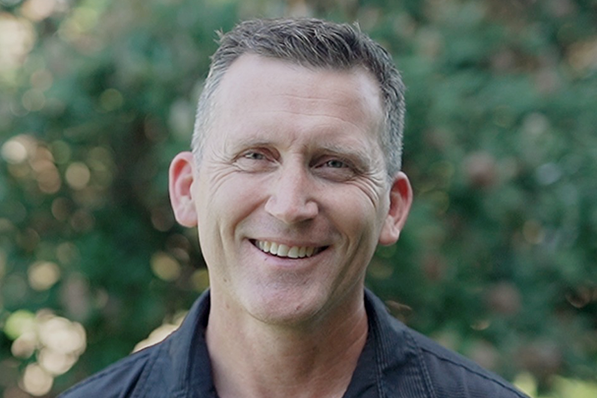
Surf Lakes founder Aaron Trevis believes the success of his forthcoming park lies in targeting both seasoned surfers and the learn-to-surf market. Picture: Surf Lakes
“Which is exactly what our park offers.”
Mr Trevis said Australia’s surf park trajectory is on track to mirror the evolution of ski resorts.
“There are now 6,000 ski resorts in the world, but they didn’t all start off with extreme skiers as their clientele,” he explained.
“We can provide the surfing equivalent of a ski resort because we’ve got multiple levels, just like you have multiple levels of runs on a ski resort. So whether you’re a pro or you’ve never surfed at all, you can both be on the lake at the same time.
“That’s going to be the real game changer for us once we open.”
Offer a wide range of amenities
While urban locations can attract a bigger customer footprint, resort style parks in regional areas can offer their own unique spin on the surf park format.
Ambitious developments like Surf Lakes which are “a bit further away” from urban centres will need to offer customers “multiple reasons to visit”, believes Matt Hyslop.
“I’m increasingly a believer in surf parks having multiple offerings and that includes overnight accommodation where possible,” Mr Hyslop expressed to Wave Pool Mag.
“It really opens doors to a breadth of business you can achieve and it’s something commercial investors are way more comfortable with, because it feels like they’re investing in a diversified hotel project with surfing attached to it.”
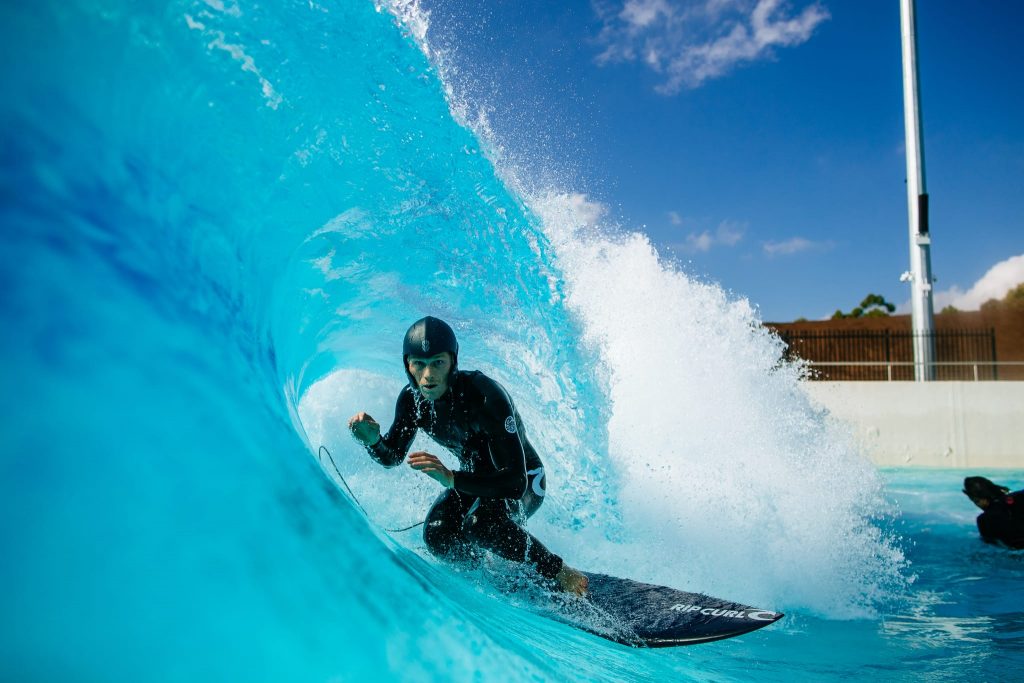
Industry experts believe there may be surf parks opening in other parts of Australia soon. Picture: Urbnsurf
“It’s not such a big leap of imagination for them.”
Luckily for Aaron Trevis, Surf Lakes has been approved to deliver a host of amenities beyond just wave pool surfing.
“We’ll have 250 accommodation rooms, restaurants and bars, retail offerings, a wellness centre, and also a skate park and scuba pool,” said Mr Trevis.
“Given we’re on 800 metres of beachfront land and have already invested tens of millions of dollars into Surf Lakes, it only makes sense to add more value to the development.”
The tip of the iceberg
While the growth of the surf park industry has been slow going not just in Australia, but globally, Mr Trevis believes the industry is about to reach a tipping point.
“We’re basically at the tip of the iceberg. My theory is there’s going to be one thousand surf parks in the world in the next 20-30 years. We’ve currently got around 10, so only 990 to go.”
Jennifer Vandekreeke, whose future expansion plans involve Urbnsurf “owning” Australia’s east coast, agrees with Mr Trevis’ positive outlook.
“I don’t think there’s another industry that is on the cusp of exploding in the way this one is.”

